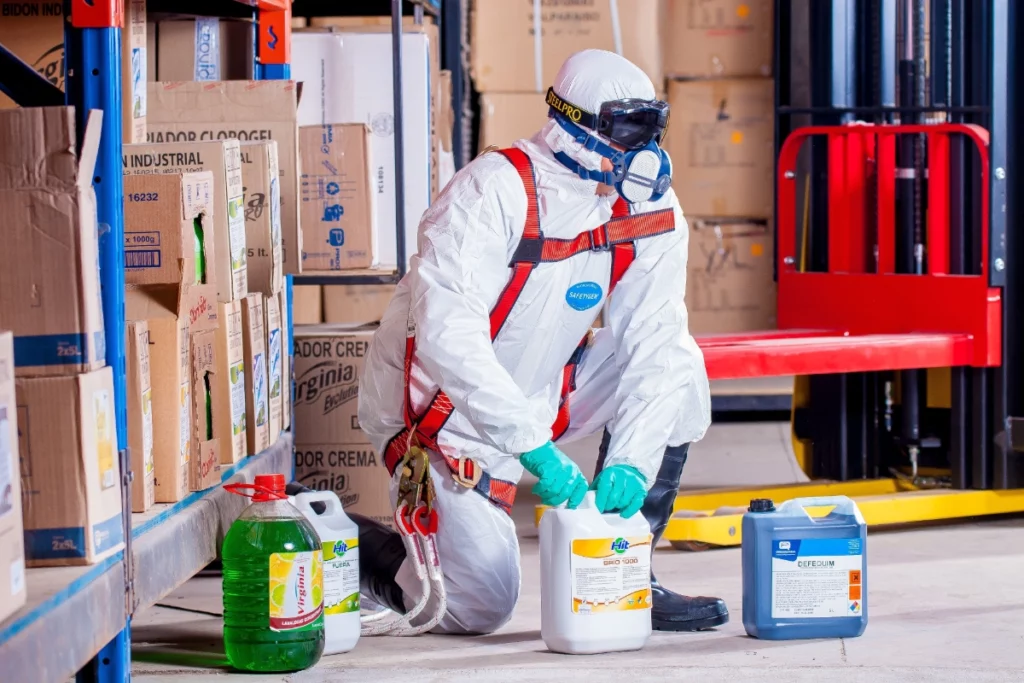What is OSHA compliance? Are you looking to enhance workplace safety and ensure OSHA compliance? Proper protocol and safety measures should be considered to help avoid catastrophic safety issues while helping firms and industries avoid costly fines. Discover the importance of OSHA training for Safety Data Sheets (SDS) and how it can empower your employees to create a safer work environment.
OSHA offers various types of SDS training, including general awareness training, comprehensive SDS training, and specialized training for specific industries or job roles. Is OSHA compliance mandatory though? It’s important to explore this question in depth. This training is crucial in promoting workplace safety by equipping employees with the necessary knowledge and skills for hazard communication.
OSHA Compliance Requirements & Resources
Explore a complete OSHA Compliance checklist and create the best safety options for employees. Here are all the different types of OSHA training you may need:
- OSHA 10 is an entry-level program for employees outside a supervisory role. It takes 10 hours to complete and lasts at least two days. OSHA 10-hour training teaches basic safety and health information to entry-level workers in construction and general industry. It is part of the OSHA Outreach Training Program, which explains serious workplace hazards, workers’ rights, employer responsibilities and how to file an OSHA complaint. To sign up for OSHA10 training visit HERE.
- OSHA 30 is more intensive than OSHA 10 because it’s for employees and supervisors with safety responsibilities. OSHA 30 requires individuals to complete 30 hours of training across at least four days. OSHA 30-Hour training for construction and general industry prepares supervisors and workers to avoid workplace safety and health risks. To sign up for OSHA30 training visit HERE.
In addition to OSHA training programs, another crucial aspect of workplace safety and compliance is the implementation of effective safety protocols and procedures. By establishing clear guidelines and promoting a safety-oriented culture, businesses can further enhance workplace safety and minimize the risk of accidents or injuries.
Is OSHA Compliance Mandatory?
Regular safety meetings and drills can serve as valuable opportunities to reinforce safety practices and address any concerns or questions raised by employees. By fostering open communication and providing avenues for feedback, businesses can empower their workforce to actively participate in maintaining a safe work environment.
Moreover, it is important for employers to regularly evaluate and update their safety policies in response to changes in regulations or the introduction of new hazards. By prioritizing workplace safety and investing in ongoing training and improvements, businesses can demonstrate their commitment to the well-being of their employees and create a positive work environment.
Maintain OSHA Compliance with SDS Manager Software
To support businesses in meeting OSHA requirements and effectively managing SDS, utilizing TotalSDS™ Manager software is highly beneficial. This software provides a centralized platform for managing Safety Data Sheets, ensuring easy access to up-to-date information and facilitating compliance with OSHA regulations.
By using TotalSDS™ Manager, businesses can streamline their SDS management processes, maintain accurate documentation, and stay informed about changes in chemical compositions and associated hazards. The software’s features enable businesses to stay proactive and ensure ongoing adherence to OSHA standards. TotalSDS Manager empowers organizations to confidently navigate OSHA compliance requirements, mitigate risks, and promote a safe working environment.



